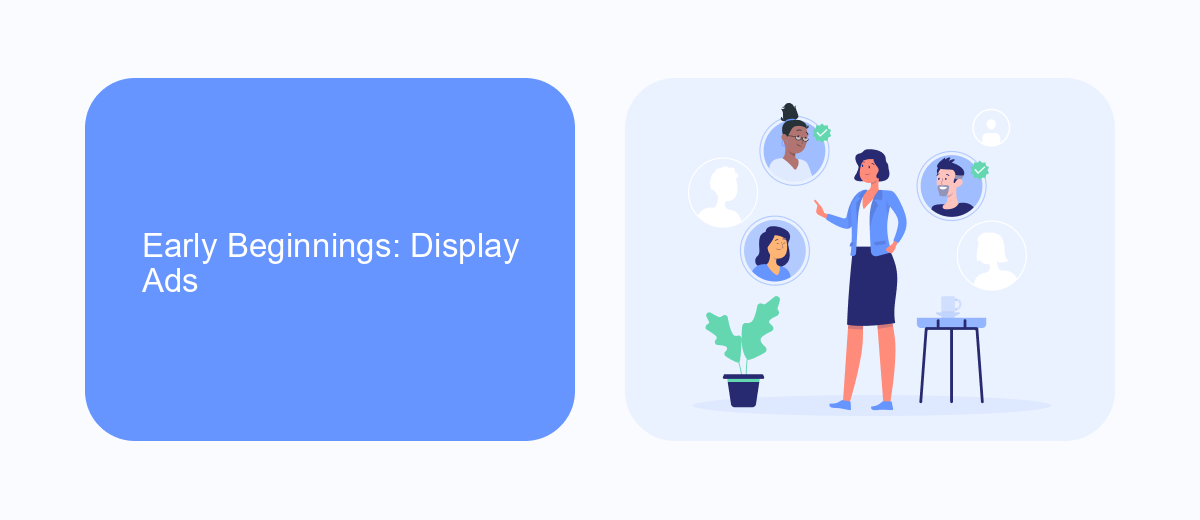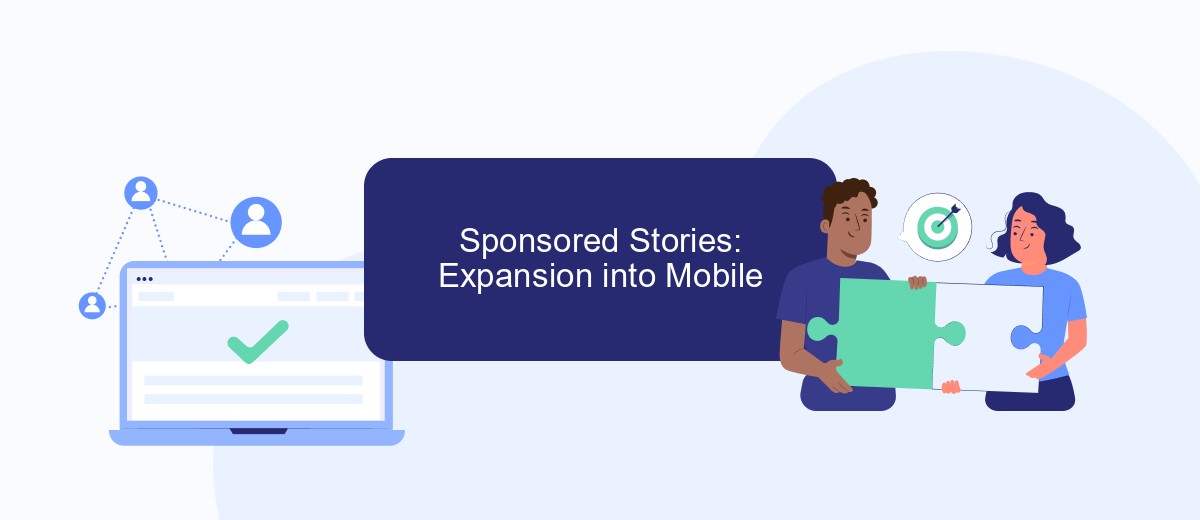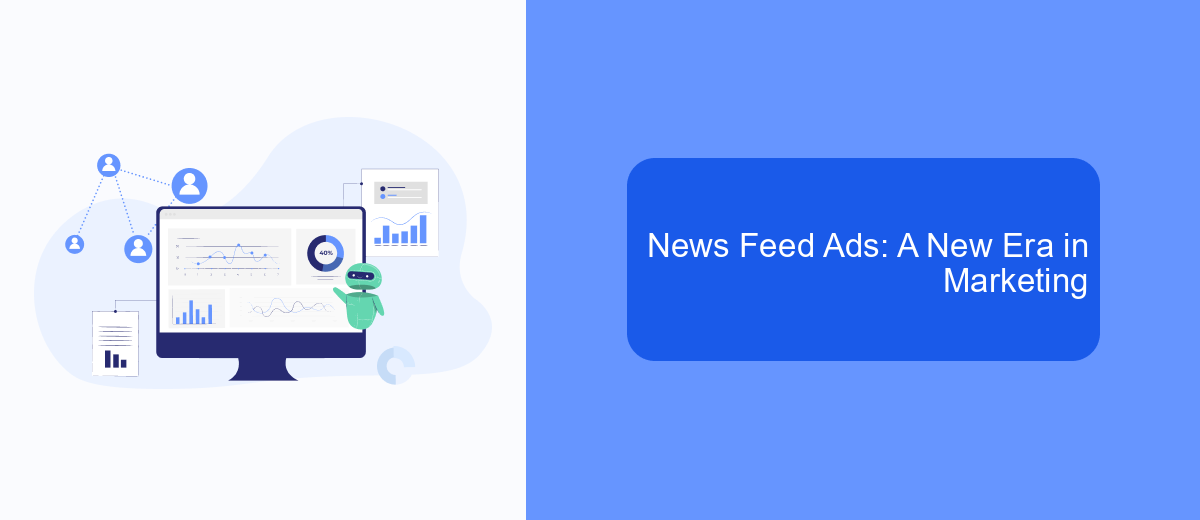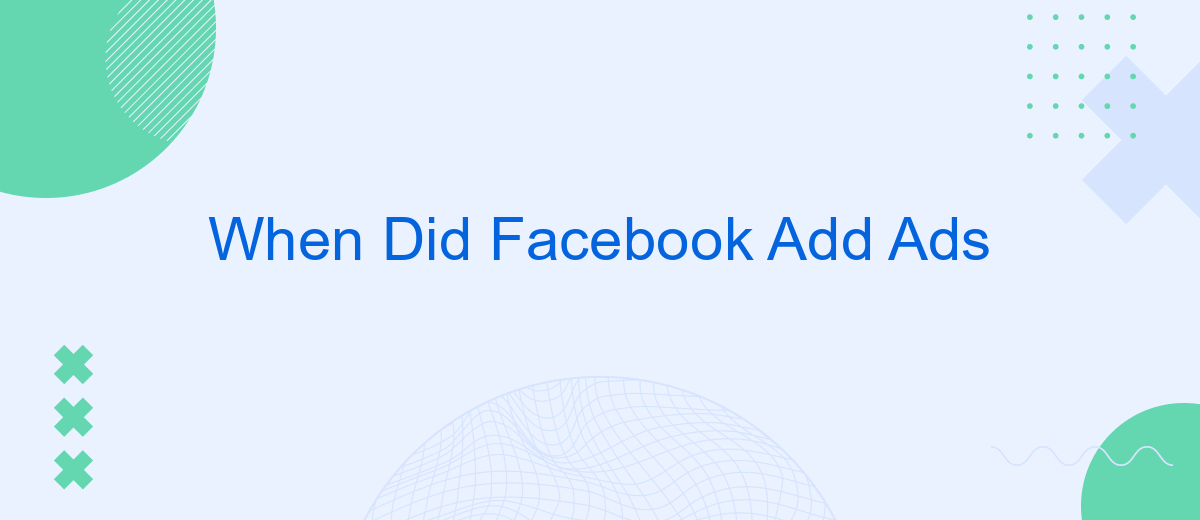Facebook, the social media giant, has undergone significant transformations since its inception in 2004. One of the pivotal changes was the introduction of advertisements, which revolutionized the platform's business model. This article delves into the timeline and context of when Facebook first integrated ads, exploring the impact this move had on both users and the company's growth trajectory.
Facebook Advertising Timeline
Facebook has evolved significantly since its inception, and advertising has become a core component of its business model. The introduction of ads on Facebook has undergone several key phases, shaping the way businesses connect with their audiences today.
- 2004: Facebook launches as a social networking site for college students.
- 2007: Facebook introduces its first ad platform, Facebook Ads.
- 2012: Facebook goes public and starts focusing heavily on mobile advertising.
- 2013: Introduction of video ads to enhance user engagement.
- 2016: Facebook launches Dynamic Ads for more personalized advertising.
- 2020: Facebook Shops are introduced, integrating e-commerce with social media.
As Facebook's advertising capabilities have grown, so has the need for efficient ad management and integration tools. Services like SaveMyLeads simplify the process by enabling seamless integration between Facebook Ads and various CRM systems, ensuring that businesses can capture and manage leads effectively.
Early Beginnings: Display Ads

In the early days of Facebook, the platform's primary focus was on user experience and expanding its user base. However, as the number of users grew, so did the need for a sustainable revenue model. This led to the introduction of display ads in 2007, marking Facebook's initial foray into advertising. These early ads were simple banner ads that appeared on the side of the user's news feed, aimed at leveraging the growing user engagement on the platform.
As the advertising landscape evolved, so did Facebook's approach to integrating ads more seamlessly into the user experience. One of the key developments was the introduction of targeted ads based on user data, which significantly improved ad relevance and effectiveness. Services like SaveMyLeads have since emerged to help businesses optimize their Facebook ad campaigns by automating data integration and streamlining the process of connecting various marketing tools. This has made it easier for advertisers to manage their campaigns and ensure that their ads reach the right audience at the right time.
Sponsored Stories: Expansion into Mobile

In 2012, Facebook introduced Sponsored Stories as a way to monetize the platform through advertising. Initially, these ads were displayed on the desktop version of Facebook, but as mobile usage surged, the company recognized the need to expand its advertising efforts to mobile devices.
- Sponsored Stories began appearing in users' mobile news feeds, seamlessly integrating with organic content.
- Advertisers were given tools to target specific demographics, ensuring ads reached relevant audiences.
- Facebook collaborated with services like SaveMyLeads to streamline the integration of Sponsored Stories into mobile campaigns, enhancing ad management and performance tracking.
This strategic move not only increased Facebook's ad revenue but also provided advertisers with more opportunities to reach users on the go. By leveraging services like SaveMyLeads, businesses could efficiently manage their mobile ad campaigns, ensuring optimal engagement and conversion rates. The expansion of Sponsored Stories into mobile marked a significant milestone in Facebook's advertising evolution, solidifying its position as a leading digital advertising platform.
News Feed Ads: A New Era in Marketing

In 2012, Facebook introduced News Feed ads, revolutionizing the way businesses reach their audience. This move marked a significant shift from traditional sidebar ads to more integrated and engaging content within users' feeds. The integration of ads into the News Feed allowed advertisers to create more compelling and interactive experiences, blending seamlessly with organic content.
News Feed ads offered businesses a powerful tool to enhance their marketing strategies. These ads appear directly in the user's feed, making them more likely to be seen and interacted with. The format supports various types of content, including images, videos, and carousel ads, providing flexibility and creativity for marketers.
- Increased visibility and engagement
- Seamless integration with organic content
- Support for diverse ad formats
- Advanced targeting options
To further optimize their advertising efforts, businesses can utilize services like SaveMyLeads. This platform simplifies the process of integrating Facebook lead ads with various CRM systems, email marketing tools, and other applications. By automating lead data transfer, SaveMyLeads ensures that businesses can efficiently manage their marketing campaigns and maximize their return on investment.
Advertising Today: Evolution and Dominance
In recent years, Facebook's advertising platform has evolved significantly, becoming one of the most dominant forces in digital marketing. Initially, Facebook ads were simple banners and sidebar promotions, but today they have transformed into highly targeted and sophisticated campaigns. This evolution has been driven by advances in data analytics, allowing advertisers to reach specific demographics with pinpoint accuracy. The introduction of video ads, carousel ads, and interactive content has further enhanced user engagement, making Facebook a critical tool for businesses aiming to expand their reach and influence.
Moreover, the integration capabilities of Facebook ads have also advanced, with services like SaveMyLeads playing a crucial role. SaveMyLeads simplifies the process of connecting Facebook lead ads with various CRM systems, email marketing platforms, and other business tools. By automating lead data transfers, businesses can respond to potential customers more swiftly and efficiently. This seamless integration not only saves time but also ensures that no leads are lost in the process, thereby maximizing the return on investment for advertising campaigns. As Facebook continues to innovate, its advertising platform remains at the forefront of digital marketing strategies.
- Automate the work with leads from the Facebook advertising account
- Empower with integrations and instant transfer of leads
- Don't spend money on developers or integrators
- Save time by automating routine tasks
FAQ
When did Facebook start showing ads?
Why did Facebook decide to introduce ads?
How have Facebook ads evolved over time?
Can businesses automate their Facebook ad campaigns?
What types of ads can be run on Facebook?
Don't waste another minute manually transferring leads from Facebook to other systems. SaveMyLeads is a simple and effective tool that will allow you to automate this process so that you don't have to spend time on the routine. Try SaveMyLeads features, make sure that this tool will relieve your employees and after 5 minutes of settings your business will start working faster.

